VW T-Cross vs Dacia Bigster - Differences and prices compared
Compare performance (150 HP vs 155 HP), boot space and price (21100 £ vs 20600 £) at a glance. Find out which car is the better choice for you – VW T-Cross or Dacia Bigster?
Costs and Efficiency:
Looking at overall running costs, both models reveal some interesting differences in everyday economy.
Dacia Bigster has a barely noticeable advantage in terms of price – it starts at 20600 £, while the VW T-Cross costs 21100 £. That’s a price difference of around 515 £.
Fuel consumption also shows a difference: Dacia Bigster manages with 4.70 L and is therefore somewhat more efficient than the VW T-Cross with 5.40 L. The difference is about 0.70 L per 100 km.
Engine and Performance:
Power, torque and acceleration are the classic benchmarks for car enthusiasts – and here, some clear differences start to show.
When it comes to engine power, the Dacia Bigster has a slight edge – offering 155 HP compared to 150 HP. That’s roughly 5 HP more horsepower.
In acceleration from 0 to 100 km/h, the VW T-Cross is a bit quicker – completing the sprint in 8.40 s, while the Dacia Bigster takes 9.70 s. That’s about 1.30 s faster.
In terms of top speed, the VW T-Cross performs slight better – reaching 200 km/h, while the Dacia Bigster tops out at 180 km/h. The difference is around 20 km/h.
There’s also a difference in torque: VW T-Cross pulls hardly perceptible stronger with 250 Nm compared to 230 Nm. That’s about 20 Nm difference.
Space and Everyday Use:
Whether family car or daily driver – which one offers more room, flexibility and comfort?
Both vehicles offer seating for 5 people.
In curb weight, VW T-Cross is to a small extent lighter – 1267 kg compared to 1425 kg. The difference is around 158 kg.
In terms of boot space, the Dacia Bigster offers noticeable more room – 667 L compared to 455 L. That’s a difference of about 212 L.
In maximum load capacity, the Dacia Bigster performs noticeable better – up to 1937 L, which is about 656 L more than the VW T-Cross.
When it comes to payload, VW T-Cross slight takes the win – 480 kg compared to 467 kg. That’s a difference of about 13 kg.
Who comes out on top?
Overall, the Dacia Bigster shows itself to be outperforms in nearly all aspects and secures the title of DriveDuel Champion.
It convinces with the more balanced overall package and proves to be the more versatile choice for everyday use.

Dacia Bigster
Costs and Consumption
View detailed analysis
Engine and Performance
View detailed analysis
Dimensions and Body
View detailed analysis
VW T-Cross
The VW T-Cross turns everyday practicality into a style statement, offering a roomy-feeling cabin, clever storage and playful design that suits town life and family duties alike. On the road it's composed and relaxed, rewarding buyers who want the raised seating and confident presence of an SUV without the weighty compromises.
details
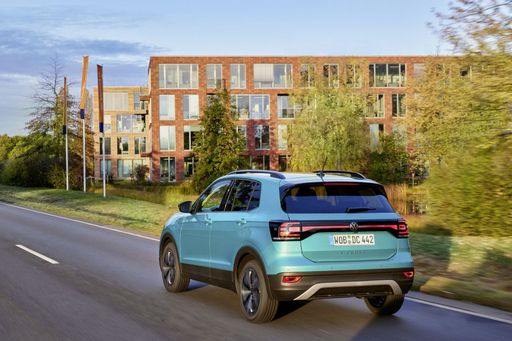

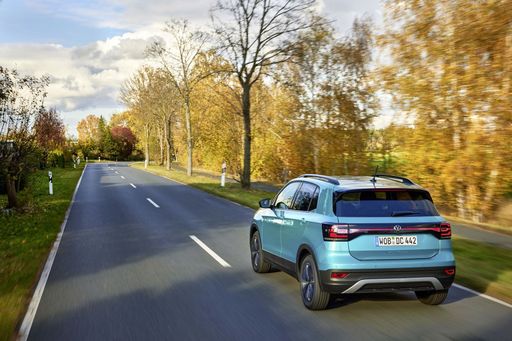
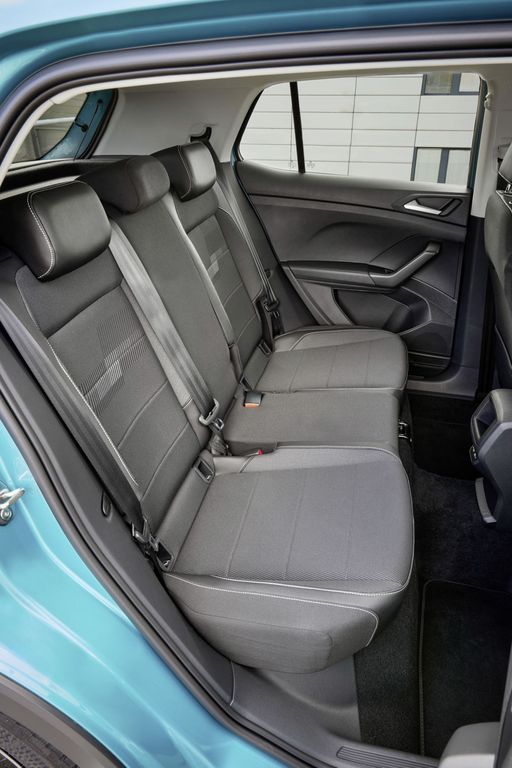
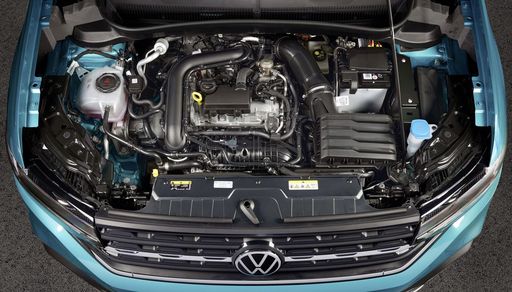
Dacia Bigster
The Bigster is poised to redefine the SUV segment with its bold design and spacious interior, catering to the needs of both families and adventure seekers alike. Emphasizing sustainability and practicality, this model reflects a modern approach to automotive engineering, making it a compelling choice for environmentally conscious drivers. With its striking presence on the road, the Bigster not only captures attention but also embodies a new era of versatile mobility.
details
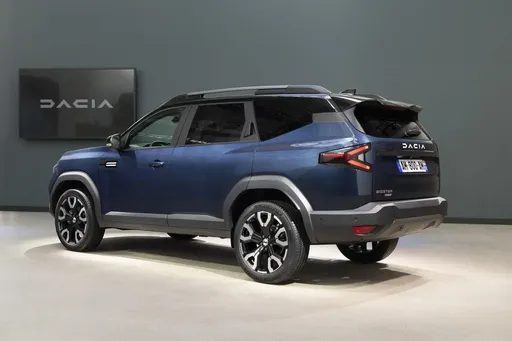

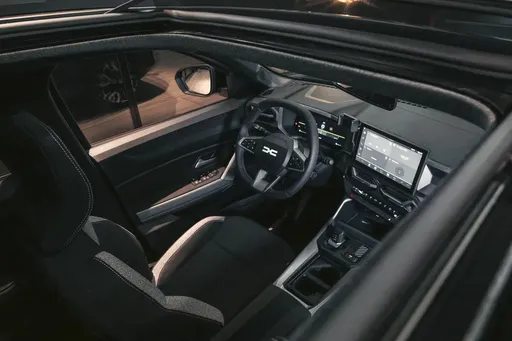
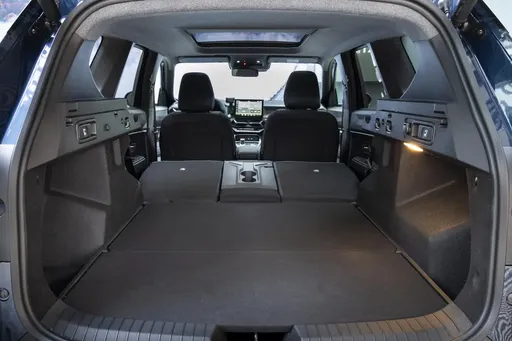

|

|
|
|
|
Costs and Consumption |
|
|---|---|
|
Price
21100 - 31500 £
|
Price
20600 - 26600 £
|
|
Consumption L/100km
5.4 - 6 L
|
Consumption L/100km
4.7 - 7.1 L
|
|
Consumption kWh/100km
-
|
Consumption kWh/100km
-
|
|
Electric Range
-
|
Electric Range
-
|
|
Battery Capacity
-
|
Battery Capacity
-
|
|
co2
124 - 136 g/km
|
co2
106 - 137 g/km
|
|
Fuel tank capacity
40 L
|
Fuel tank capacity
50 - 55 L
|
Dimensions and Body |
|
|---|---|
|
Body Type
SUV
|
Body Type
SUV
|
|
Seats
5
|
Seats
5
|
|
Doors
5
|
Doors
5
|
|
Curb weight
1267 - 1338 kg
|
Curb weight
1425 - 1547 kg
|
|
Trunk capacity
455 L
|
Trunk capacity
510 - 667 L
|
|
Length
4127 mm
|
Length
4570 mm
|
|
Width
1784 mm
|
Width
1813 mm
|
|
Height
1573 mm
|
Height
1705 mm
|
|
Max trunk capacity
1281 L
|
Max trunk capacity
1813 - 1937 L
|
|
Payload
463 - 480 kg
|
Payload
383 - 467 kg
|
Engine and Performance |
|
|---|---|
|
Engine Type
Petrol
|
Engine Type
Petrol MHEV, Full Hybrid, LPG
|
|
Transmission
Manuel, Automatic
|
Transmission
Manuel, Automatic
|
|
Transmission Detail
Manual Gearbox, Dual-Clutch Automatic
|
Transmission Detail
Manual Gearbox, Automated Manual
|
|
Drive Type
Front-Wheel Drive
|
Drive Type
All-Wheel Drive, Front-Wheel Drive
|
|
Power HP
95 - 150 HP
|
Power HP
130 - 155 HP
|
|
Acceleration 0-100km/h
8.4 - 11.3 s
|
Acceleration 0-100km/h
9.7 - 11.2 s
|
|
Max Speed
180 - 200 km/h
|
Max Speed
180 km/h
|
|
Torque
175 - 250 Nm
|
Torque
230 Nm
|
|
Number of Cylinders
3 - 4
|
Number of Cylinders
3 - 4
|
|
Power kW
70 - 110 kW
|
Power kW
96 - 115 kW
|
|
Engine capacity
999 - 1498 cm3
|
Engine capacity
1199 - 1799 cm3
|
General |
|
|---|---|
|
Model Year
2024 - 2025
|
Model Year
2025
|
|
CO2 Efficiency Class
D, E
|
CO2 Efficiency Class
E, D, C
|
|
Brand
VW
|
Brand
Dacia
|
What drive types are available for the VW T-Cross?
The VW T-Cross is offered with Front-Wheel Drive.
The prices and data displayed are estimates based on German list prices and may vary by country. This information is not legally binding.
